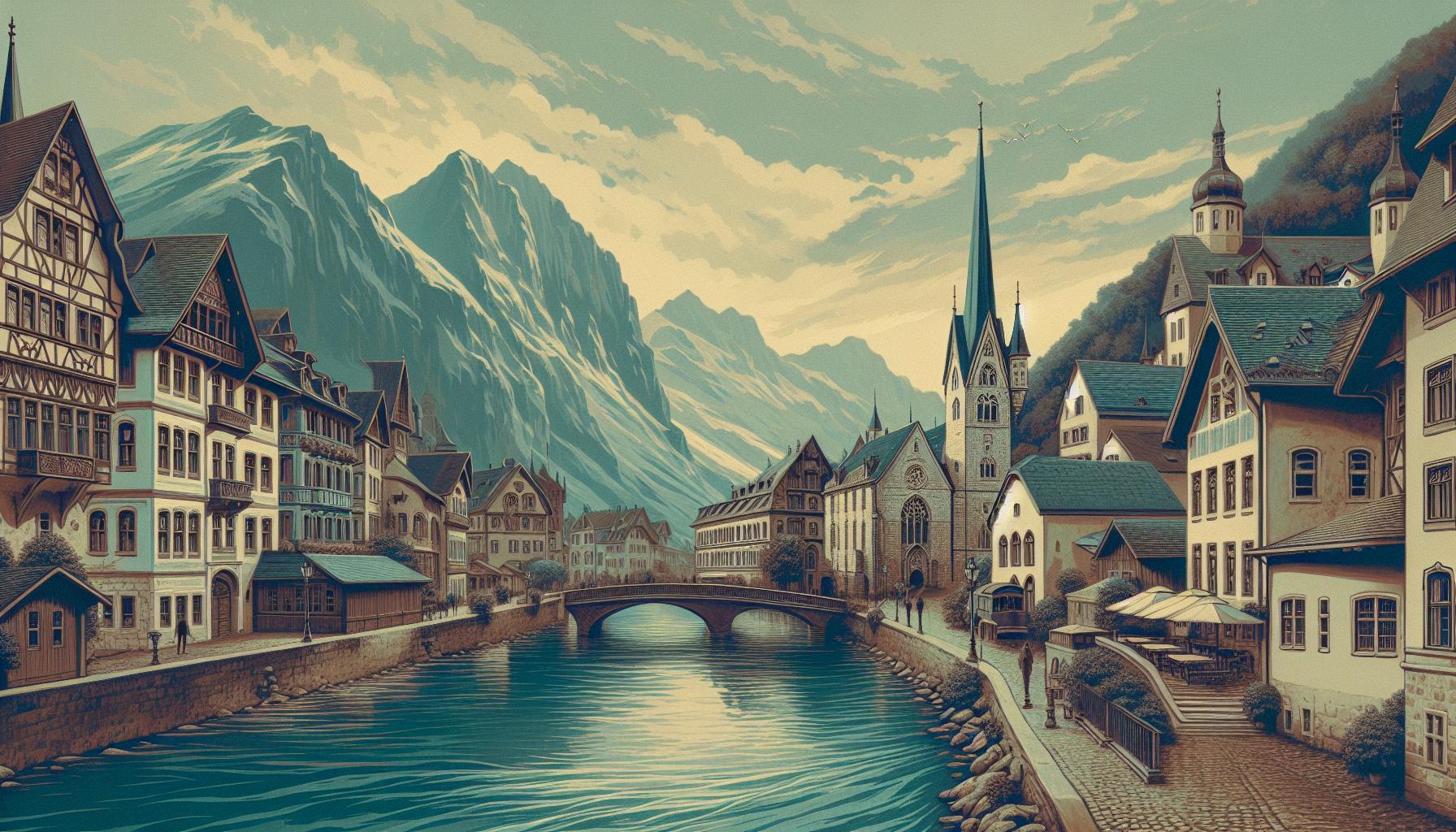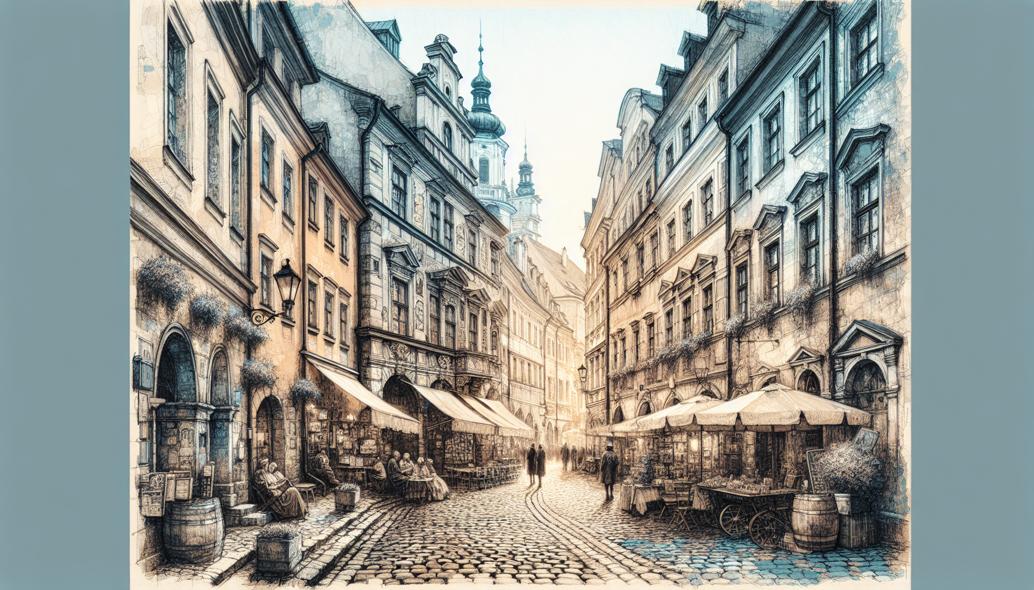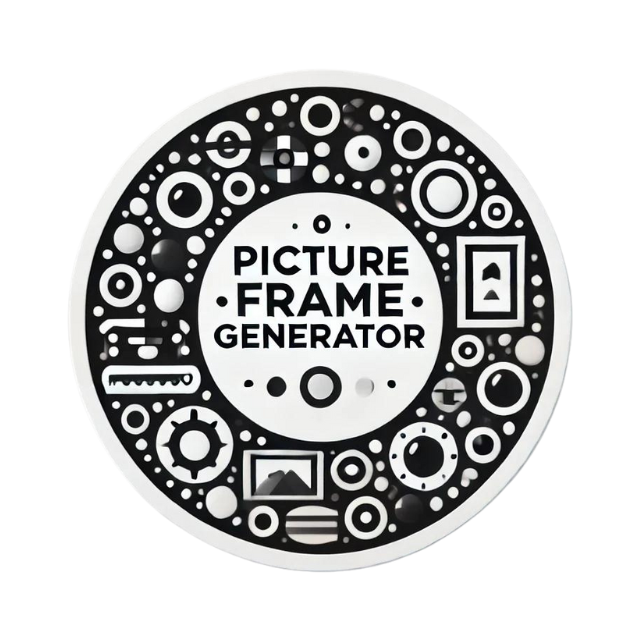Mastering Realism in Drawing - Advanced Techniques and Practices
Unlock the secrets of hyperrealism in drawing and elevate your art with advanced techniques in capturing textures, manipulating light and shadow, and mastering details. Click to transform your sketches into stunningly lifelike masterpieces.

Mastering Realism in Drawing - Advanced Techniques and Practices
Realism in drawing, often referred to as hyperrealism or photorealism, is an awe-inspiring form of fine art that captures every minute detail of the subject matter. Mastering this art form requires not only immense skill but also a deep understanding of textures, light, and shadow. In this blog post, we'll explore advanced techniques and practices that can elevate your drawings to achieve 'wow' levels of realism.
Understanding Realism in Drawing
Realism in drawing is the meticulous representation of subjects as accurately as possible. This involves capturing fine details, portraying textures, and playing with light and shadow to bring two-dimensional images to life. For many artists, achieving high levels of realism is the pinnacle of artistic mastery. However, the techniques behind such extraordinary works can be learned and refined with dedicated practice.
Advanced Techniques for Realistic Drawing
Developing advanced techniques in realism requires a combination of patience, practice, and a keen eye for detail. Here are some expert-level methods that will guide you:
Attention to Detail Work
Creating highly realistic drawings demands a significant focus on details. Begin with a high-resolution reference image, as the clarity will enable you to capture even the most subtle nuances. Invest time in observing and sketching each detail individually before integrating them into the whole piece.
Capturing Textures
Textures play a critical role in making drawings appear realistic. The way you render different surfaces, whether it's skin, fabric, or metal, adds depth and dimension. Here are a few techniques:
- Cross-Hatching: Create a series of intersecting lines to build up texture. Varying the spacing and angles of these lines can mimic different textures.
- Stippling: Use small dots to create gradients and textures. The density and distribution of the dots can simulate various materials.
- Smoothing Blending: Utilize blending tools like tortillons or blending stumps to smooth out rough edges and unify areas of shade, replicating the subtle gradations found in real life.
- Scraping/Incising: For textured surfaces such as wood or stone, you can use sharp tools to scrape into the paper, introducing physical texture to your drawing.
Mastering Light and Shadow
The manipulation of light and shadow (also known as chiaroscuro) is foundational for realism. The interplay between the light source and the subject determines the object's three-dimensional form.
- Highlight Creation: Identify the light source and accentuate the areas directly hit by light. Use a lighter touch or an eraser to illuminate these spots.
- Shadow Mapping: Areas opposite or obscured from the light source should be darker. Pay attention to the core shadow, cast shadow, and reflected light.
- Gradient Mastery: Smoothly transitioning from light to dark areas is key. Employ varying pencil pressures and layering techniques to achieve nuanced shading.
Expert Practices for Achieving Realism
Beyond mastering techniques, developing a disciplined practice regime will enhance your ability to create realistic drawings.
Practice Observation Skills
Spend time studying real objects and their intricate details. The more you understand about your subject, the better you will become at replicating it faithfully.
- Live Studies: Whenever possible, draw from life. This will improve your perceptiveness and ability to capture the subtleties that photographs might miss.
- Daily Sketching: Make sketching a daily habit. Quick studies and detailed sketches alike will sharpen your hand-eye coordination and refine your observational skills.
Invest in Quality Materials
Using high-quality pencils, paper, and erasers can significantly affect the outcome of your drawings. Quality materials enable finer detail work and smoother texture variations.
- Pencils: Utilize a range of graphite grades from H (hard) to B (soft) pencils. Finer pencils (2H-4H) are ideal for light and delicate lines, while softer ones (2B-6B) produce dark, rich shades and shadows.
- Paper: Opt for acid-free, high-density paper with enough tooth (texture) to hold graphite well. Smooth papers are excellent for fine detail work, while rougher textures are better for more pronounced textures.

Layering Techniques
Use multiple layers of graphite to build depth and subtle transitions in your drawing. Begin with lighter layers and gradually increase the pressure for darker tones. This approach allows for corrections and smooth blending.
- Under-drawing: Start with a light sketch, focusing on basic shapes and proportions. This foundation is essential for maintaining accuracy as you build detail.
- Gradual Build-Up: Add complexity by slowly enhancing shadows and highlights. Keep adjusting and refining until all components seamlessly integrate.
Building Patience and Persistence
Creating hyperrealistic art is not a fast process—it requires patience and dedication. Here are some tips to maintain persistence:
- Break Down Sessions: Divide your drawing process into manageable segments. Focus on individual components in each session, from texture to lighting.
- Set Milestones: Establish small goals within your project to keep motivated and track progress. These mini-achievements provide a sense of accomplishment and encourage continuation.
- Review and Reflect: Periodically take a step back and critique your work. Identifying areas for improvement will guide your next steps and refine your technique.
Conclusion
Achieving artistic mastery in realistic drawing is a combination of expert technique, dedicated practice, and an unyielding attention to detail. By focusing on detailed observation, mastering texture and light techniques, utilizing high-quality materials, and maintaining disciplined practice, you'll elevate your art to new heights of realism. Remember, the journey to hyperrealism is long but rewarding, and each piece you create brings you closer to perfection. Happy drawing!
Thank you for reading our advanced guide on mastering realism in drawing. For more expert tips and techniques, stay tuned to our blog and keep pushing the boundaries of your artistic abilities!
